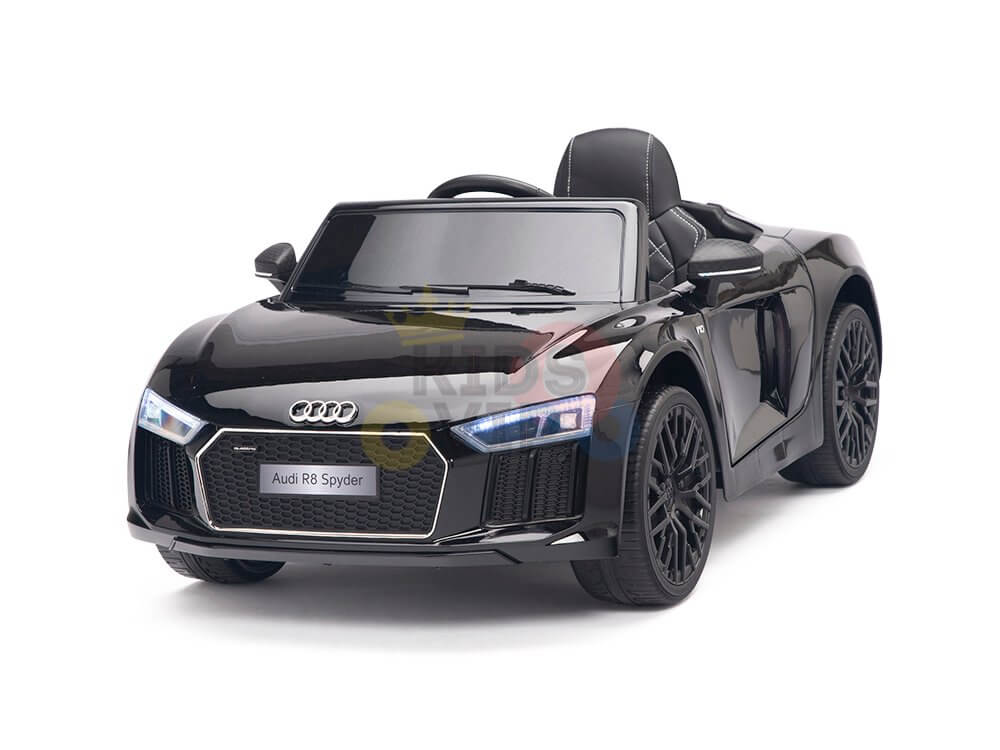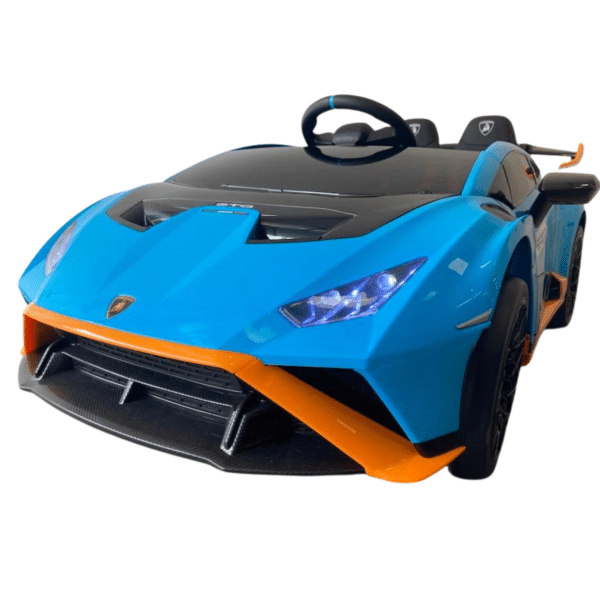Top Reasons On Deciding On Kids Ride On Cars
Top Reasons On Deciding On Kids Ride On Cars
Blog Article
What Safety Features Of A Ride-On Vehicle Should I Consider? Pros And Cons
The safety features of the child's ride-on vehicle are crucial to their safety and enjoyment. Below are some safety features you need to take into consideration.
Seat belts are a great way to keep your child secure within the car ride. This reduces the chances of them falling or being thrown out of the vehicle during play. They also provide an additional layer of protection, particularly during sudden stops or turns.
Cons - Some ride-on cars may not come with seat belts, specifically ones designed for toddlers. Seat belts can be uncomfortable to youngsters and make them not wear them.
Sturdy Construction
Pros: A durable ride-on vehicle with high-quality components will last for longer and be less likely to break. This guarantees safety and reliability. It is able to withstand the demands of play and provide stability.
Cons - The price of a solid structure can be expensive, which makes them prohibitive for many families. Additionally, the more heavy materials may affect the mobility and maneuverability of the ride-on car.
Low Center Gravity
Ride-on cars with low center of gravity are less likely than others to tip over, which could decrease the chance of accidents and injuries. They are also more steady and stable, particularly when performing turns or other actions.
Cons - Some rides-on-cars with lower centers of gravity can reduce their off-road capability or clearance from the ground. This limits their versatility in certain conditions.
Remote control for parents -
Pros – Remote-controlled ride on cars enable parents to supervise, help and monitor their child’s play. They also provide a higher security as well as parental supervision. Parents can intervene in the event of an emergency occurs, navigate difficult terrain, or avoid collisions.
Cons - Remote control for parents could limit children's independence as well as independence, since they depend on parental guidance and assistance when playing. Remote-controlled models are more costly than ride-on cars which are operated manually.
Speed Limiters
Pros - Ride-on vehicles with speed limiters or variable speed settings let parents control the maximum speed of the car which reduces the chance of collisions or accidents. The parents can raise the speed of the ride-on car when their child becomes more confident and skilled.
Cons - Some children may become bored with the lower speeds very quickly, leading to disappointment and frustration. Additionally, the speed limiter may not be included in all models. Also, it could require an additional feature or an accessory.
Safe Start Technology -
Pros- Safe start provides smooth starts and stops of the ride which reduces the danger of abrupt movements or jerks which could frighten a child or cause them to become unsteady. It makes riding more comfortable and secure.
Cons - Ride-on cars with safety start technologies may be more expensive than basic models without this feature. Furthermore, children might feel that the gradual acceleration and deceleration less interesting or enjoyable than quick stops and starts.
Visibility Enhancements
Pros - Ride on cars with visibility enhancements such as working taillights, headlights, or reflective materials improve visibility, particularly in dimly-lit areas or in low-light conditions. They are also more visible, which increases safety.
Cons – Visibility improvements may cause battery drain more quickly or cause problems with ride-on vehicle designs, leading to more maintenance and malfunction risk.
Take a look at these safety features consider their pros and cons, and select a car that will prioritize your child's safety, while providing an enjoyable and fun time. Read the most popular McLaren kids car for website tips including electric ride on, toy car for car, riding digger, childrens ride on, childrens electric ride on, remote control childrens car, childrens electric cars, electric two seater cars, ride on digger, toy toy cars and more. . 
How Are Models For Children's Cars Made For Outdoor And Indoor Use?
In the indoors or outdoors, kids automobiles are designed to be used in different situations and environments. These are the main differences between these models - Indoor Use Cars
Size and weight: Indoor cars are usually smaller and lighter to allow them to be tucked away in tight spaces like bedrooms, living rooms and hallways. The cars are small enough to fit in narrow spaces, tight corners and also avoid damaging walls and furniture.
Low Ground Coverage - Vehicles intended for indoor use feature the lowest ground coverage to prevent them from becoming stuck or caught against obstacles such as carpets and thresholds. This allows for smooth and free movement on indoor surfaces.
Smooth Wheels. Indoor cars often feature wheels made of substances that have a smooth surface, such as plastic or rubber. These wheels offer better grip and traction on smooth surfaces like laminate flooring, hardwood floors or tile. They are designed with a minimum of noise to prevent scratching or scuffing indoor surfaces.
Limited Speed - When it comes to indoor use, vehicles typically have slower speeds than they would be in order to make sure that they are safely operated and controlled in narrow spaces. This helps prevent collisions or accidents which could occur due to furniture, walls or any other obstruction located inside.
Outdoor Use Cars -
Durable Construction - Cars designed for outdoor use are made using robust materials. They include strong metals or plastics that can withstand the harsh elements outside, such sunlight, humidity and temperature fluctuations. They are better able to withstand wear and tear from exposure to outdoor conditions.
High Ground Clearance Outdoor-use vehicles have a greater ground clearance in order to take on bumps and uneven terrain that is encountered outside. This allows cars to move over rough surfaces without causing damage or getting stuck.
Traction tires - Tires for outdoor vehicles usually come with treads and patterns that provide more grip and traction on rough or uneven surfaces. This ensures stability and control over surfaces outdoors, preventing sliding or skiing.
Weather Resistance. Outdoor vehicles are typically equipped with weather-proof components such as sealed electronics, waterproof casings, and rust-resistant materials. This is in order to shield them from environmental damages. The car is able to be subjected to mud, rain and puddles without loss of performance.
Higher Speeds - Cars designed for outdoor use usually come with greater top speeds to be able to handle large spaces and the long distances outdoors. Children can experience a more exciting and thrilling ride.
When considering these design elements and characteristics, parents can choose a kids' car model that is suited to their unique requirements and the environment they are in, outdoor or indoors, and ensuring an enjoyable, safe, and long-lasting play experience for their child. View the best click here on Audi kids car for more tips including race car toy, electric ride on cars, car on ride, ride electric car, cars pedal car, kidscars, toy car toy car, car for toy, electric ride on cars, childs electric ride on car and more. . 
What Are The Possibilities For Remote-Controlled Cars For Children? What Are The Pros And Pros And
Remote control cars for kids are also referred to remote controlled vehicles or RCs. They are available in a variety of styles, price points and sizes to meet all budgets and tastes. Here's a rundown of the pros, cons, and sizes of remote controlled car types.
Electric RC Cars – Batterie-powered remote-controlled cars that are suitable for both outdoor and indoor use. They are available in a variety of styles, including buggies, trucks and sports cars.
Nitro RC Cars : Gas-powered vehicles that operate remotely and provide more performance, but need more care. Electric RC cars are smaller and cost less.
Scale Models are remote-controlled replicas that include cars, trucks and airplanes. Scale Models are available in various sizes which range from 1-10 all the way to 1-24. Larger scales give more detail and a realistic appearance.
Sizes -
Remote control children's cars come in various sizes, ranging from tiny micro-sized models to large-scale replicas. The size can influence the performance of a car in terms of speed, as well as its handling capabilities.
Micro-sized vehicles, which are lightweight and compact, are perfect for use indoors and by young children. Larger-scale models have more power and durability and are ideal for off-road racing in the outdoors and for outdoor driving.
Prices
Prices of remote-control children's vehicles depend on the factors that determine them, such as dimensions, features, and brands.
The RC cars that are small-sized and electric vary from $20 to $100, while larger-scale nitro and electric cars are available from $100 to $500 or more.
Scale models, premium hobby RCs can cost anywhere between several hundred dollars to over a $1,000 depending on the level of detail and the performance.
Pros and Cons
Pros -
Entertainment - Remote controls for children's cars offer hours of entertainment and excitement for adults and kids alike.
Skills Development The use of RC vehicles aids in the development of spatial awareness, hand-eye coordination and problem-solving skills.
Social Interaction: Cars with RC are ideal for social interactions with friends and family.
Customization – A lot of RC vehicles can be customized with aftermarket modifications components and accessories that enhance performance and look.
Cons -
Costs - Quality remote control children's cars can be expensive particularly those with hobby-grade advanced features.
Learning Curve: Controlling an RC vehicle requires a lot of practice and skills, and younger youngsters may be unable to master the controls initially.
Maintenance: RC cars need regular maintenance including cleaning regularly, oiling, and replacing parts or repairs.
Safety Concerns RC cars are a safety risk and could lead to electrical hazards, collisions and falls if not used under adult supervision.
Children of all ages love remote-controlled cars. However, it is important to take into consideration factors such as cost, size and security prior to deciding on the right model. Hobby-grade RC automobiles are more suitable for older and enthusiast children and simpler models are ideal for children who are younger and novice children. See the recommended kids cars kidscars.co.uk recommendations for blog recommendations including electric two seater cars, ride of car, electric rideons, childrens digger, car toy toy, two seater childrens electric cars, electric ride on cars, toy car, 2 seater electric cars, digger ride and more. .